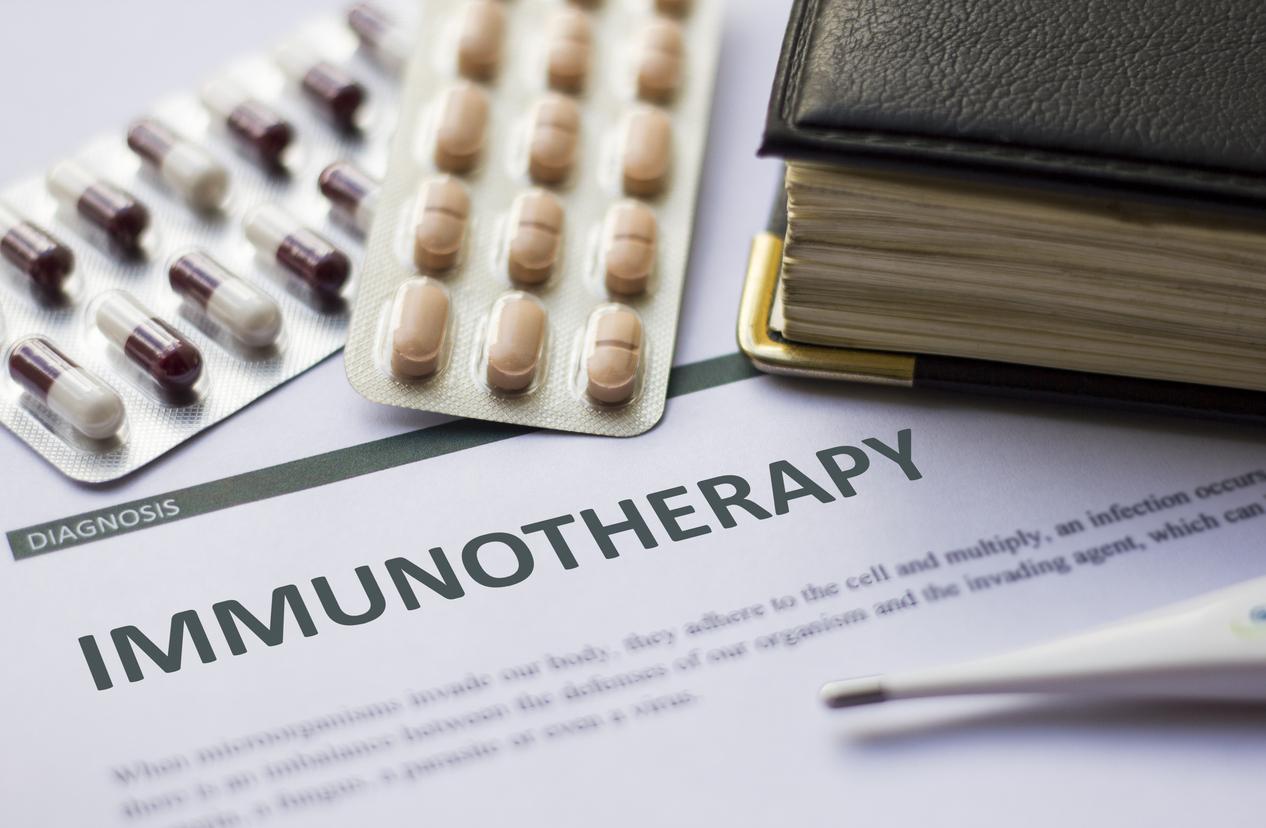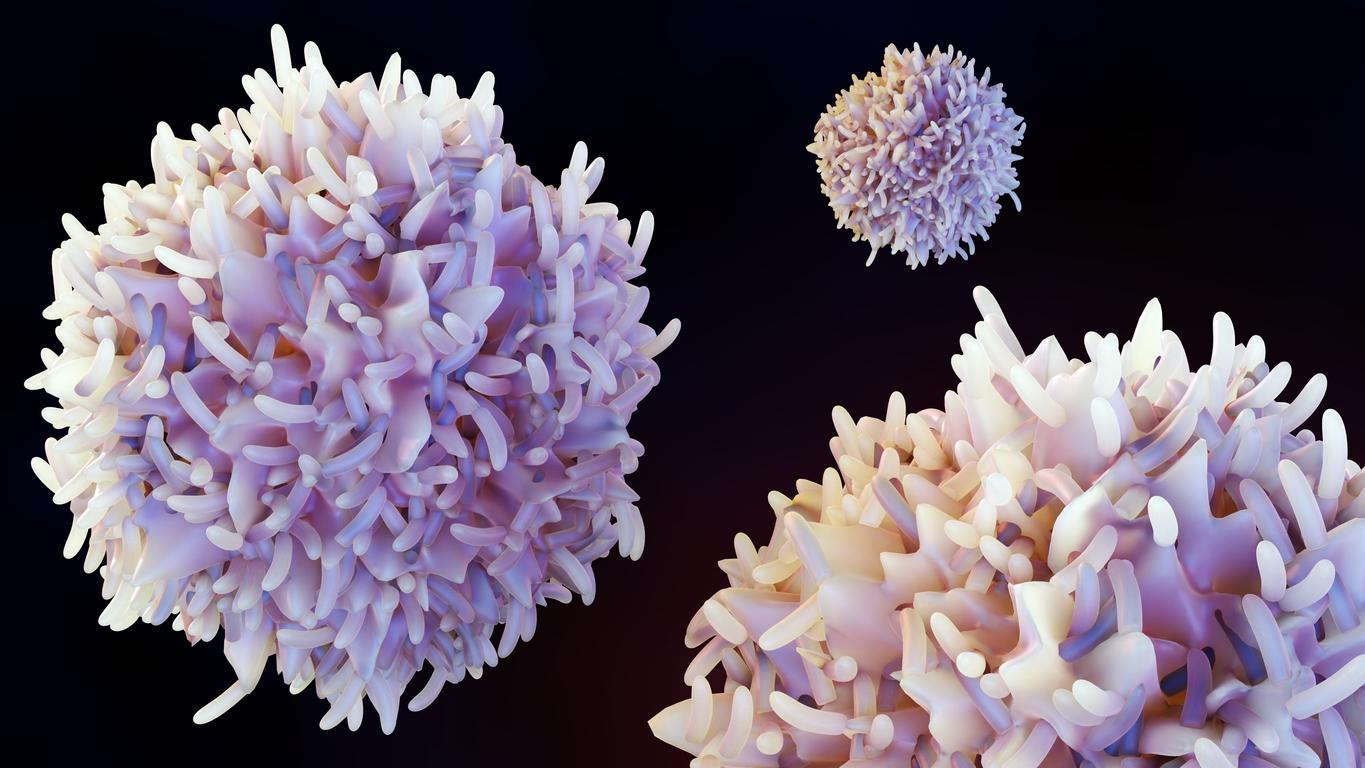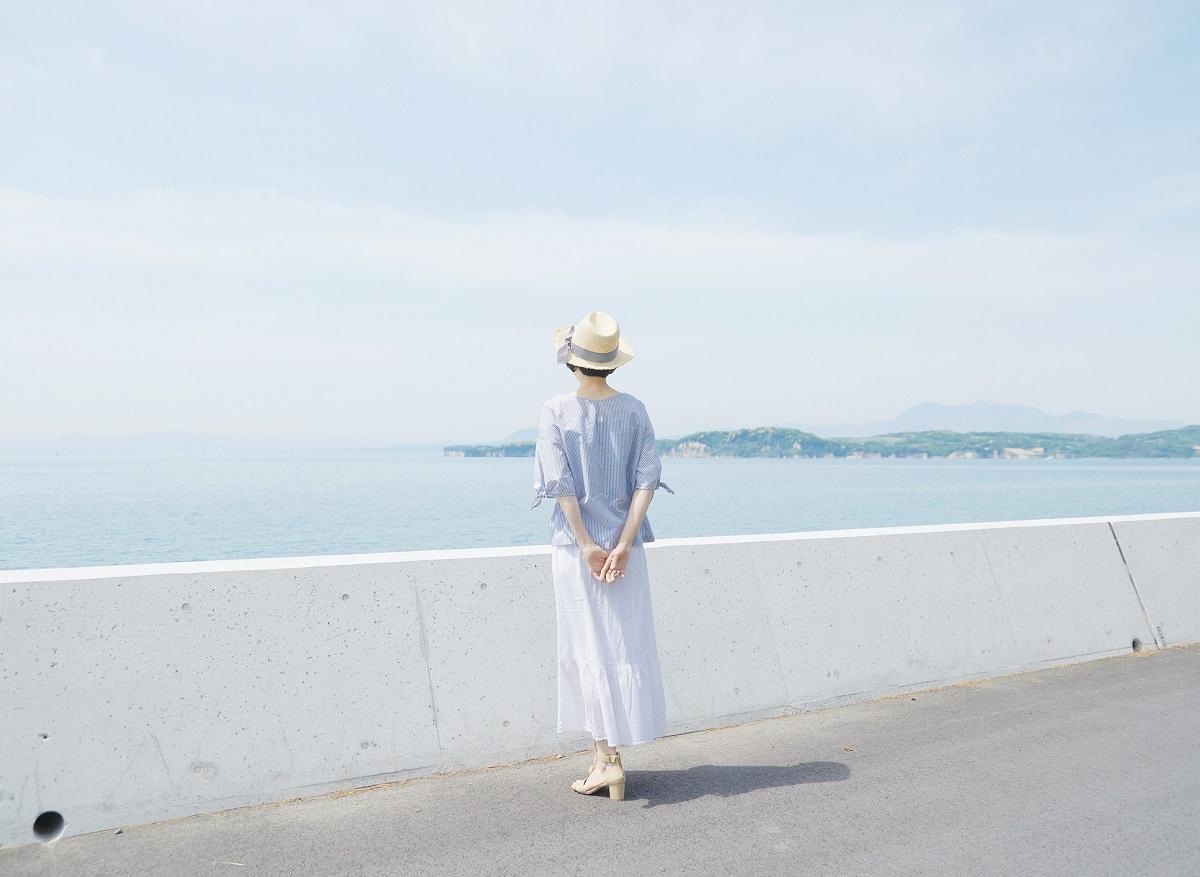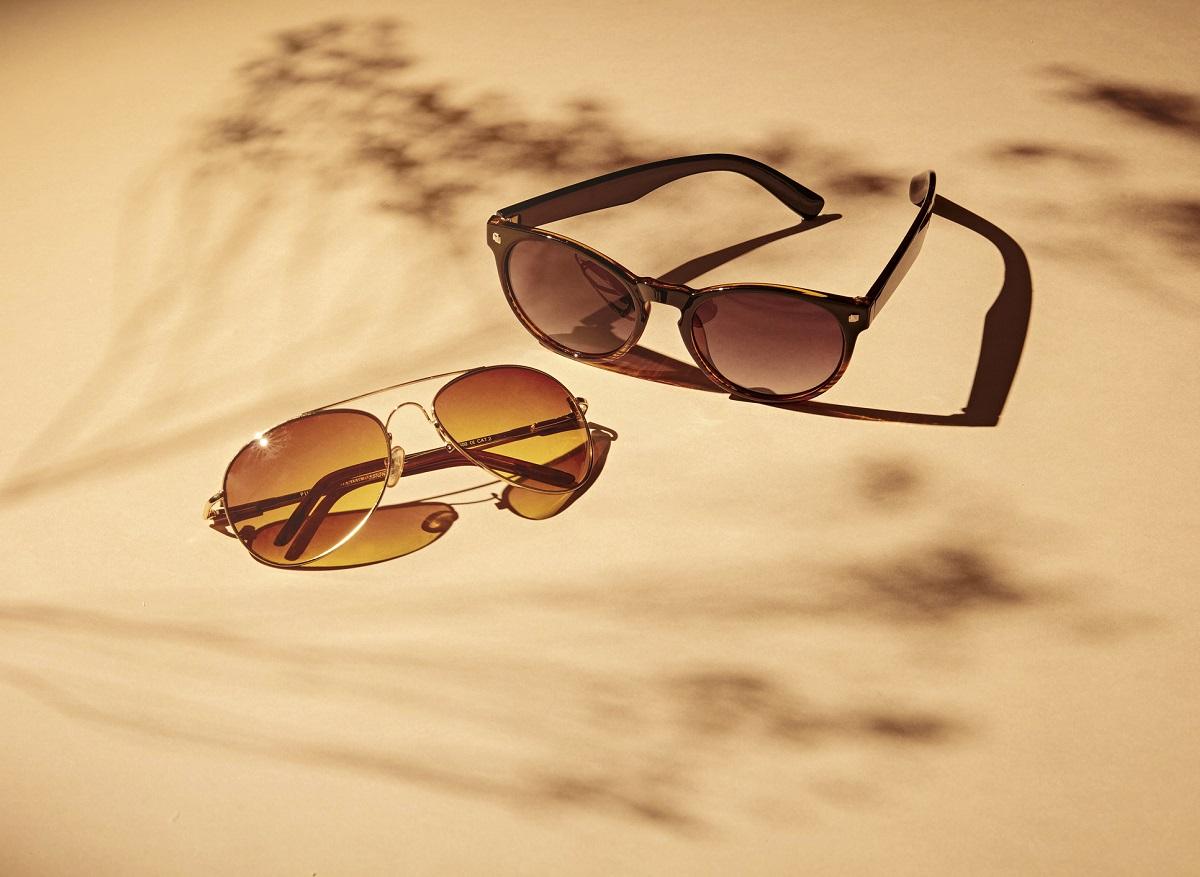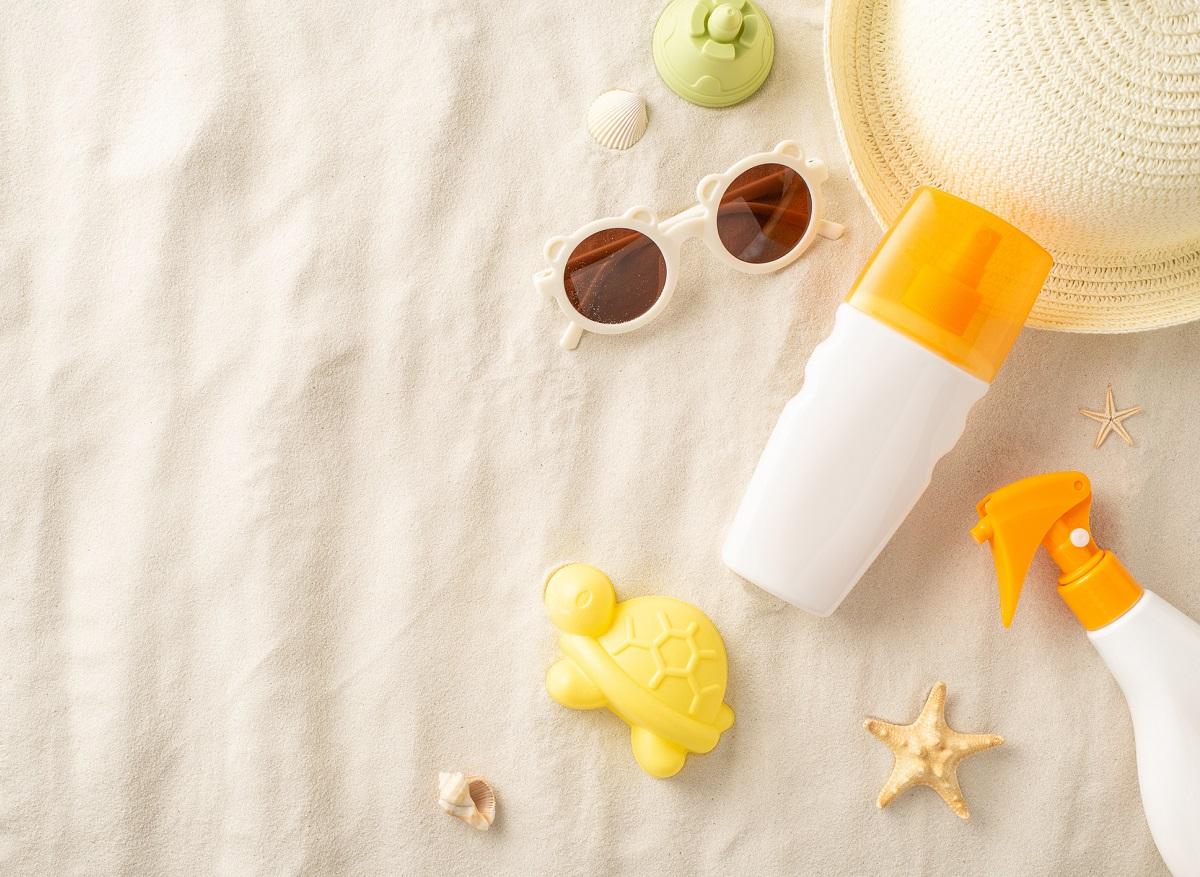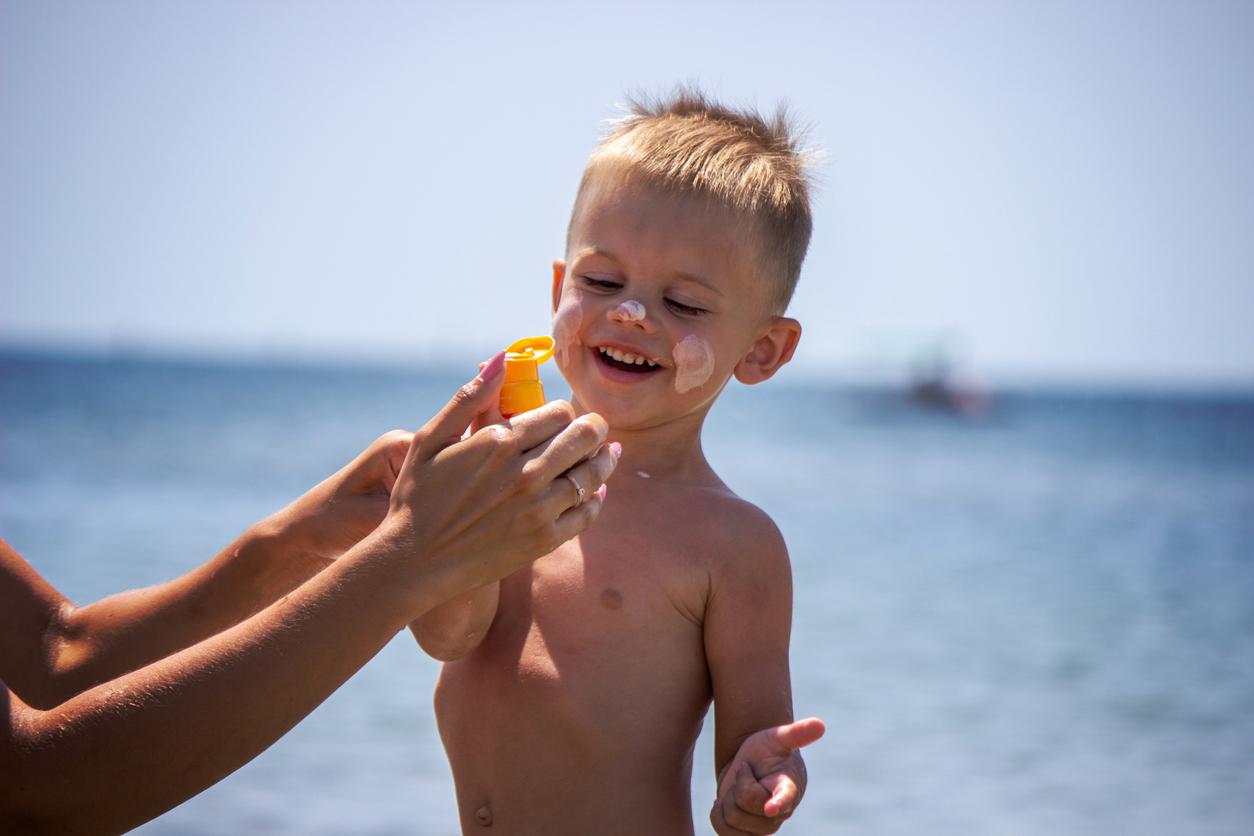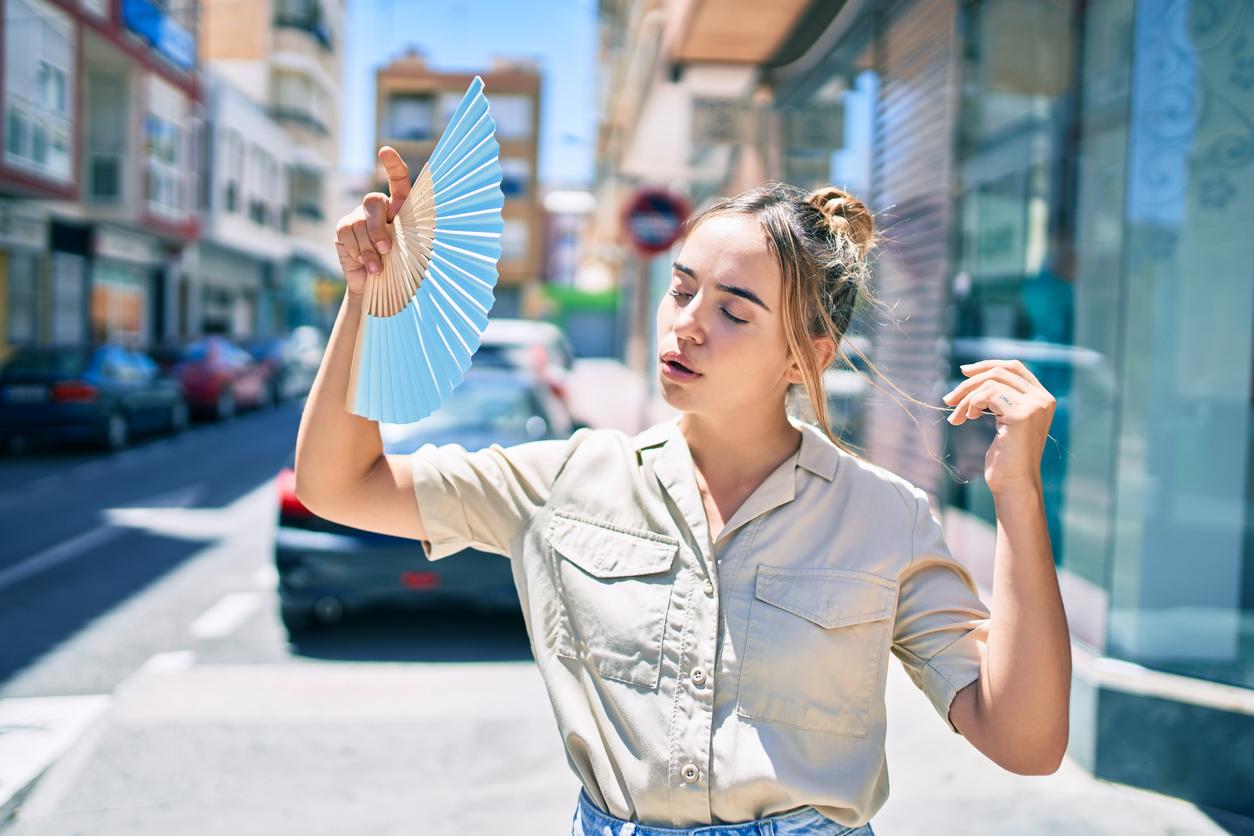Dermatologists are raising awareness about sun damage during the winter holidays.
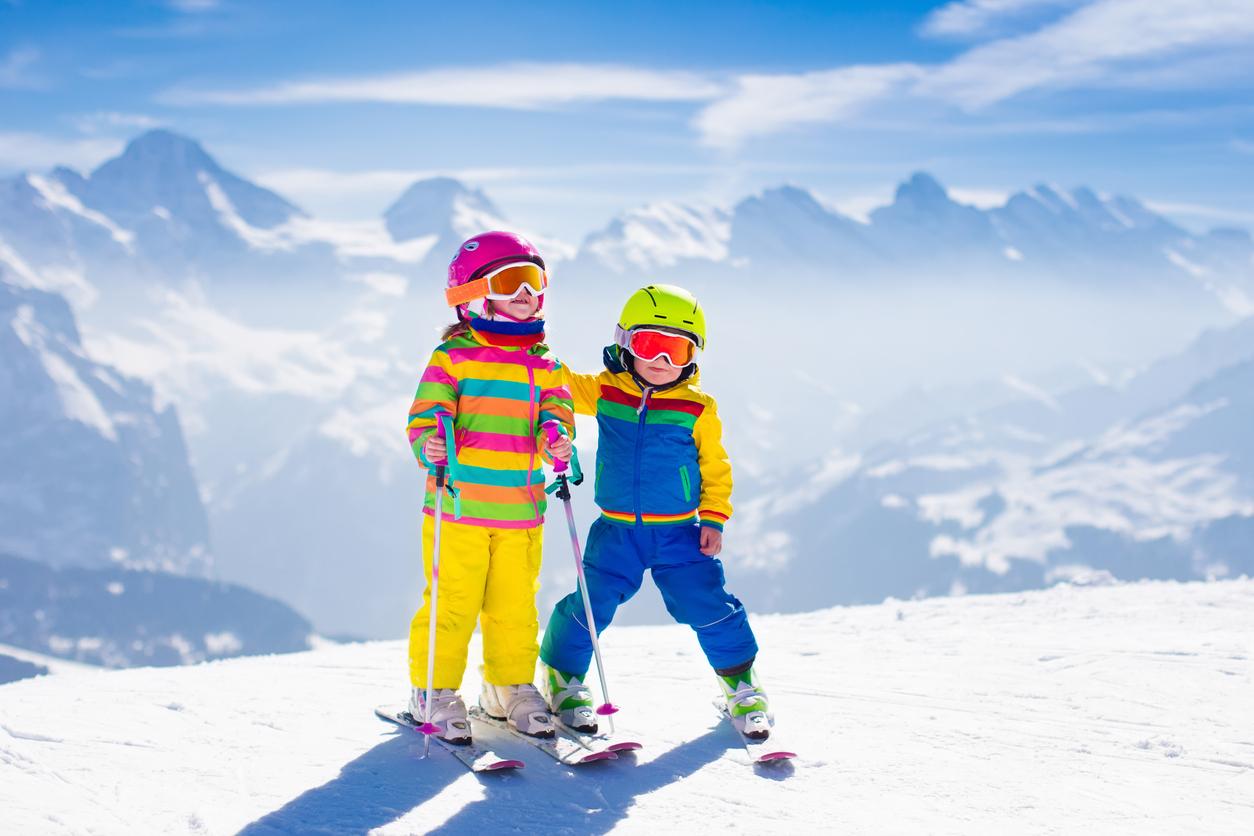
- Overexposure to the sun can lead to skin cancer and accelerated aging.
- During winter holidays in the mountains, the French tend not to protect themselves enough from the sun.
- The National Union of Dermatologists-Venereologists (SNDV) and the International Ski School (ESI) are therefore launching for the second year a seasonal prevention campaign on the subject.
The harmful effects of exposure to the sun in winter are sometimes underestimated or misunderstood by the French. That is why the National Union of Dermatologists-Venereologists (SNDV) And the International Ski School (ESI) are launching for the second year a seasonal prevention campaign on the subject.
“Making as many people as possible aware of the effects of solar radiation in the mountains by providing vigilance advice to better protect themselves and to ensure that the sun remains a friend, such is today the objective of this awareness-raising action”begins the union in a press release.
“Contrary to popular belief, the sun’s rays are not less dangerous for the skin during winter. At this time, UVB rays are certainly more moderate but UVA rays, which are the most dangerous, continue to be very also present”, continue the doctors.
Winter vacations in the mountains: several factors amplify the harmful effects of the sun
It is also important to remember that in winter in the mountains, several factors amplify the harmful effects of UV rays on the skin and increase the risk of skin cancer and premature aging:
– at altitude, solar intensity is higher than in the plains because the atmosphere is thinner and therefore filters less solar radiation. The quantity of UV rays thus increases by 10% for every 1,000 meters of altitude difference and their intensity is 30% higher in the mountains than at the beach.
– Reflecting sunlight on fresh snow increases UV radiation by up to 80%, compared to only about 15% on sand, 25% for sea foam, and only 10% for lawns or soil.
– The cold in the mountains reduces the sensation of heat felt during exposure to the sun and often leaves a feeling of security in the face of UV rays.
Furthermore, the French tend not to protect their skin from the sun in winter on the pretext that the coat, pants and snow boots would protect the entire body from the rays. “And even if skiers most often wear a helmet, an anti-UV eye mask and sometimes a hood protecting the lower part of the face, they become more vulnerable during lunch breaks on the terrace, where they undress to expose themselves to the hours the sunniest of the day”, completes the National Union of Dermatologists-Venereologists (SNDV).
“Another major risk concerns those practicing cross-country skiing or snowshoeing, who often neglect to wear a helmet or balaclava and thus expose the skin on their face to a greater extent to solar radiation,” health professionals further emphasize.

Winter holidays in the mountains: how to protect yourself from the sun?
To protect yourself correctly from the sun when you are on vacation in the mountains, you must:
– Cover yourself with gloves, a hat and a scarf.
– Wear protective sunglasses.
– Consider protecting your lips with an SPF 50 balm.
– Apply SPF 30 to 50 sunscreen to all uncovered areas: neck, face, ears, etc.
– Favor suitable solar products which have been specially designed for the atmospheric conditions in installation.
– Continue to protect yourself even when you are tanned.









